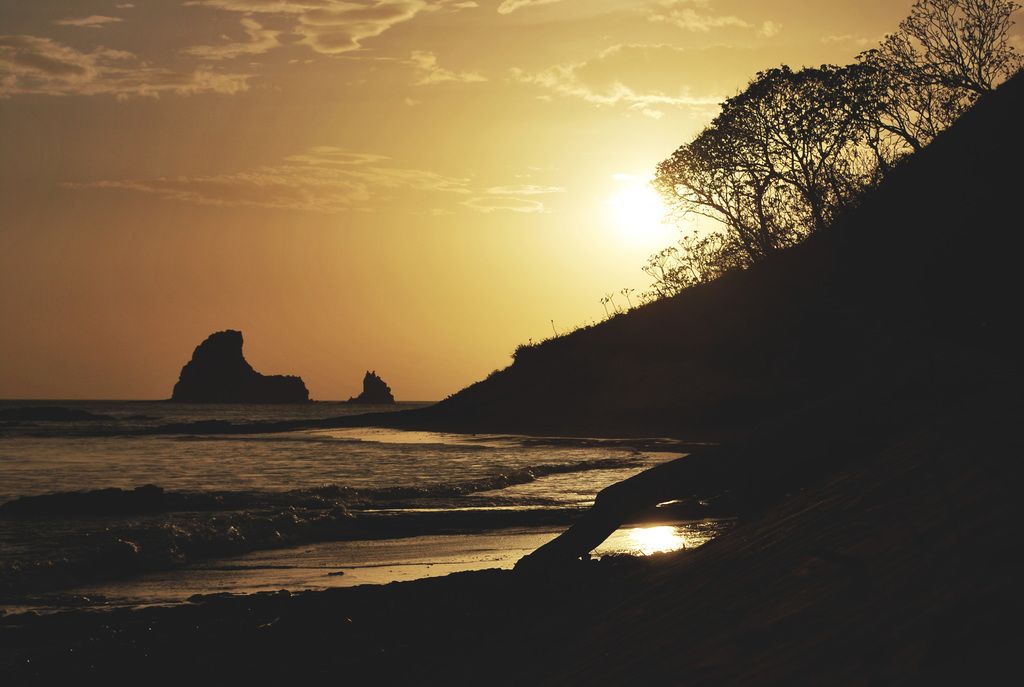Techniques for Cultivating Vibrant Blue Lobelia: Expert Advice for Showcasing this Stunning Annuals in Gardens and Pots
Ready to brighten your garden with a pop of blue? Look no further than the vibrant Lobelia erinus, popularly known as blue lobelia! This low-growing annual is a standout in garden beds, borders, pots, and even hanging baskets. With its compact yet trailing habit, it's perfect for walkways, mixed containers, and the front of beds and borders.
Originating from southern Africa, this annual thrives in cooler climates, blooming from spring through early summer, and again in fall. It performs best in full sun to partial shade and is a consistent bloomer with regular watering. Make sure to keep it out of extreme heat, as Lobelia erinus is a USDA zone 2-10 seasonal annual.
Often used as a 'spiller' or cascading plant in mixed containers, Lobelia erinus is also one of the best ground cover plants around. Its rare blue color makes it a garden staple that'll remain in your annual repertoire for years. We talked with a seasoned horticulturist to provide useful insights on growing and utilizing this beautiful flower.
Growing Blue Lobelia
Lobelia erinus offers more than just its striking blue flowers - it boasts masses of small, fan-shaped flowers densely clustered over mounding stems and soft, light green foliage for a fresh, soft backdrop. Its tidy appearance, continuous blooms, and charming, cottage-garden elegance make it one of the cheeriest flowering plants in the garden.
Lobelia Erinus' Growing Habits
Horticulturist Justin Hancock of Costa Farms explains, "Typically, I see annual blue lobelia cultivars used in pots and planters or as an edging plant in beds and borders. Some cultivars have a trailing habit, making them excellent choices as spillers in container gardens; others are more compact, making them a colorful choice for the front of beds and borders. I particularly enjoy the trailing varieties in window boxes and hanging baskets."
Lobelia erinus attracts pollinators, but it's the perennial species like Lobelia cardinalis and Lobelia siphilitica that provide more pollinator action. Bees, butterflies, and hummingbirds all visit annual blue lobelia, adding to its garden charm.
For variety options, consider 'Super Star' with big white centers surrounded by purple-blue, or the Hot series like 'Hot Royal Blue' and 'Hot Dark Blue.'
Blue Lobelia Care Guide
Soil
- Type: Mix well-draining soil with organic matter for optimal growth.
- Moisture: Keep the soil consistently moist, but avoid waterlogging. Sandy soils can benefit from mulch and organic matter to retain moisture.
Light
- Exposure: Blue lobelia prefers full sun to partial shade, with blooming intensifying until temperatures become excessively hot in midsummer. In hot climates, provide some afternoon shade to promote longer bloom seasons.
Watering
- Frequency: Water regularly to keep the soil evenly moist. Ensure enough water to encourage continuous blooming.
Fertilizing
- Soil Quality: If the soil is nutrient-rich, additional fertilization may not be necessary.
- Container Growing: For potted or hanging basket plants, use a general-purpose fertilizer or a time-release product to promote better blooming. Fertilize once or twice during the growing season or use a bloom stimulant weekly for continuous flowering.
Toxicity
- Lobelia contains natural compounds that protect it from predators in nature. Keep out of reach of children and pets that may nibble.
Pests
- Lobelia is generally resistant to deer and rabbits. However, slugs and snails can be a danger.
Frequently Asked Questions
Which Type of Lobelia Come Back Every Year?
Species like Lobelia cardinalis and Lobelia siphilitica are hardy up to zone 3 and 4, respectively. Unlike Lobelia erinus, these perennials can return year after year in cooler climates. Some modern strains like the Starship series are hardy to zone 6, so always check the cultivar's hardiness for your area.
How Tolerant is Blue Lobelia to Sun and Shade?
Blue lobelia grows best in all-day sun, but avoid prolonged exposure to extreme heat, especially in midsummer. In hot climates, some afternoon shade is beneficial for extending its bloom season. It can also grow in shade gardens with dappled shade all day, although it may not bloom as profusely as it would in the sun.
It's the diverse landscape addition that blue lobelia brings to the party, with relatively low maintenance and the rare yet vibrant blue color it offers. From sunny garden beds to cool shade, this adaptation makes it an easy choice for gardeners seeking a unique and charming plant.
[1] Horticulture Made Easy (n.d.). Lobelia Erinus. Retrieved August 15, 2021, from https://horticulturemadeeasy.com/perennials/lobelia-erinus/[2] HGTV (n.d.). Use Lobelia in Your Flower Borders. Retrieved August 15, 2021, from https://www.hgtv.com/design/landscaping/outdoor-ideas/use-lobelia-in-your-flower-borders[3] Ball Seed (n.d.). Blue Lobelia - Lobelia Erinus - Perennial - Ball Seed. Retrieved August 15, 2021, from https://www.ballseed.com/gardening-info/easy-care-guides/easy-to-grow-flowers/blue-lobelia-lobelia-erinus-5836.aspx[4] Houston Gardens (n.d.). Lobelia - Blue Lobelia Lobelia Erinus - Perennial. Retrieved August 15, 2021, from http://www.houstongardens.org/lobeliaperennial.html
- The diverse nature of blue lobelia makes it an easy choice for gardeners, offering a unique and charming addition to various landscapes.
- To get the best out of blue lobelia in your home-and-garden lifestyle, ensure it thrives in well-draining soil with organic matter, and provide it with full sun to partial shade.








